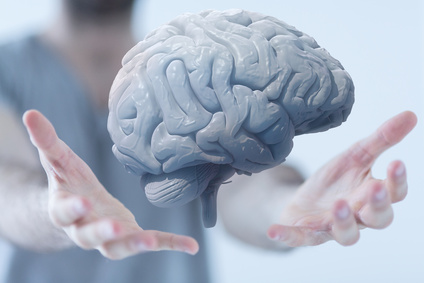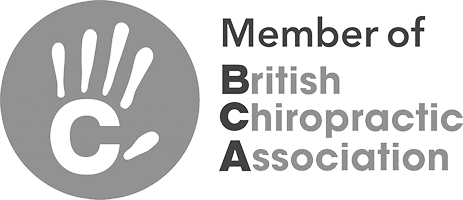Back Pain - Peripheral, Central, or Both?
In our last blog, we touched upon the concept of proprioception - information via nerve impulses from muscles, ligaments and joints that help determine localised muscle tone, resting joint position and the trajectory any given joint can move before the injury is sustained. All of this information, of course, is monitored and modulated by higher centres of our Brain. So what happens when we finally succumb to a painful episode of back pain? Is it a localised event? or is there a more global effect that takes place without our conscious awareness? It seems the latter is the case, and back pain is more than just a mere localised phenomenon.
Neurology 101
Homeostasis is defined as equilibrium or the tendency to reach equilibrium either within a cell or an organism. The human body keeps a state of equilibrium via inputs (sensory) & outputs (motor) of the nervous system. Ultimately monitored and modulated by the brain, these constant 'feedback loops' of nerve impulses both from our internal and external environment are essential to maintaining health.
Resting muscle tone, position sense of joints, as well as pain and temperature all send nerve impulses via the spinal cord to an area of the brain that has a 'sensory map' of where the information is coming from.
Cortical "Blah Blah Blah"
In our last blog, we looked at back pain being part of an underlying pre-existing problem - that problem being poor proprioceptive acuity from postural muscles of the spine leading to inappropriate trajectories of joints and damage to the spinal tissues. So far, the idea has been that these deficits in proprioception exist in the peripheral tissues of the spine - but can the problem be more centrally based?
A recent study by Wand et al (1) suggests that chronic back pain was as a result of perceptual abnormalities in the cortex, a "dysfunction of sensory processing of information from the painful area." This central idea that cortical mal-adaptation is further supported by a study by Apkarian et al (2) who found that compared to control groups, chronic back pain patients have between 5-11% less neocortical gray matter volume - a feature that was directly related to the longevity of the pain (a 1.3cubic cm loss per year of pain)
So could it be that chronic spinal dysfunction not only resides in the spinal tissues, but in the higher processing centres? Patients with chronic back pain simply cannot assemble the barrage of sensory feedback from their spines into a realistic cortical representation sufficient to guide normal movement or protective behaviours of the spinal tissues? This may very well be the case, and something to consider in future treatment protocols.
References:
1) Wand BM, Di Pietro F, George P, O'Connell NE. Tactile threshold are preserved yet complex sensory function is impaired over the lumbar spine of chronic non-specific low back pain patients: a preliminary investigation.
2) Apkarian AV, Sosa Y, Sonty S, Levy RM, Harden RN, Parrish TB, Gitelman DR. Chronic Back Pain Is Associated with Decreased Prefrontal and Thalamic Gray Matter Density. J Neurosci 2004. 24 (46) 10410-5

Cause or effect? Chronic back pain patients on average lose between 5-10% grey cortical matter
Registered With:
Registered Provider With:
Book an appointment:
To book an appointment to see David Morley is simple. Just select your appointment type, pick a day that suits you and then choose a time. Enter your details and click 'Book Appointment' you will get an email confirmation of your appointment. For more details take a look at this page.









